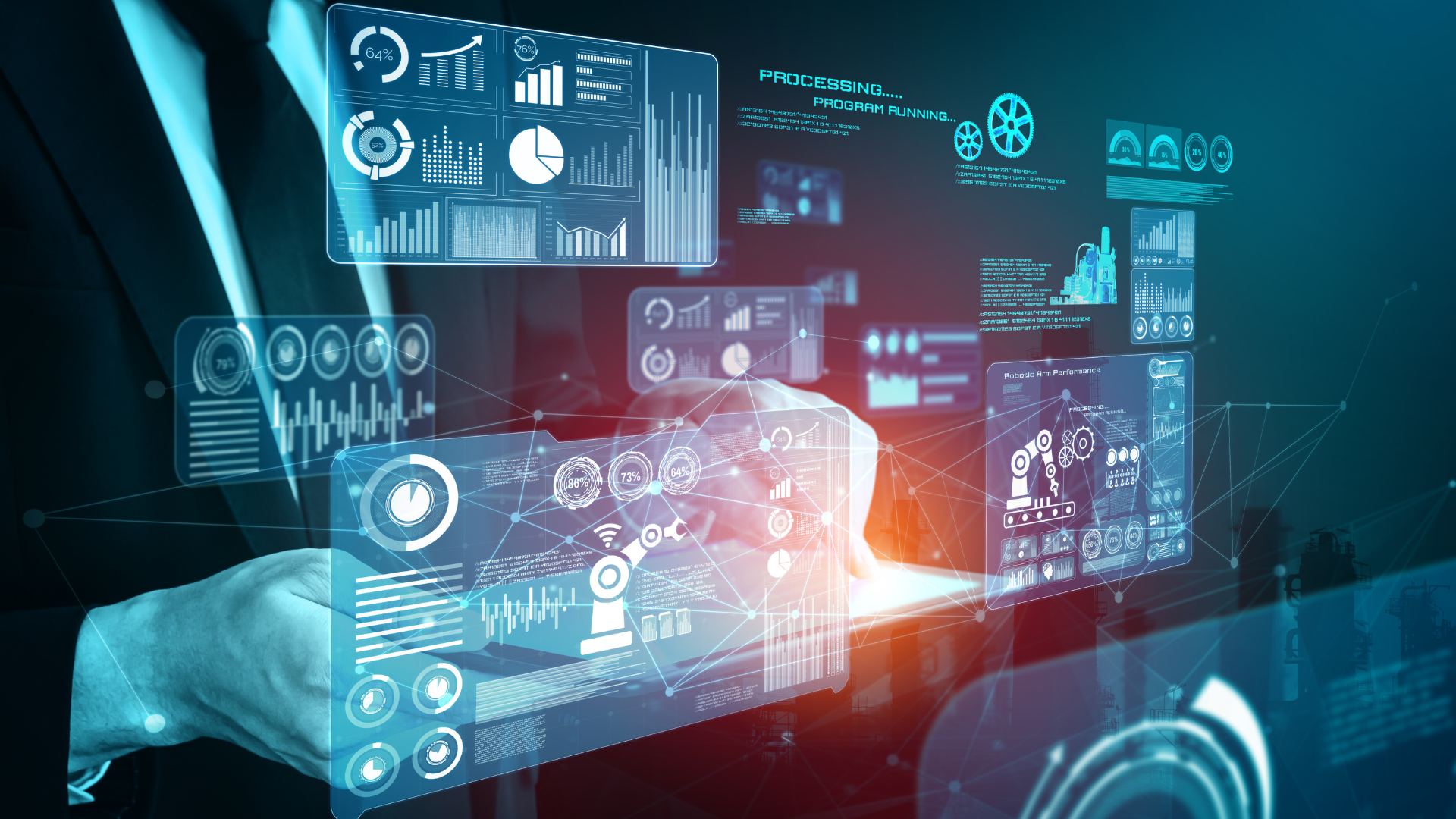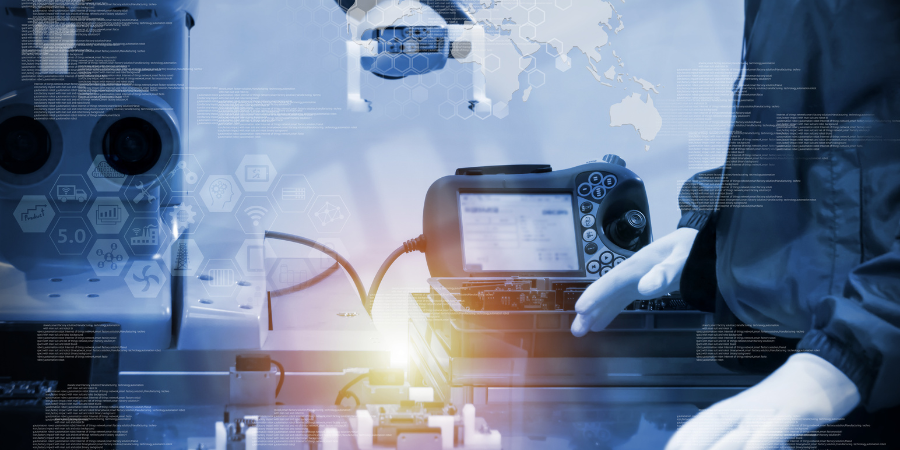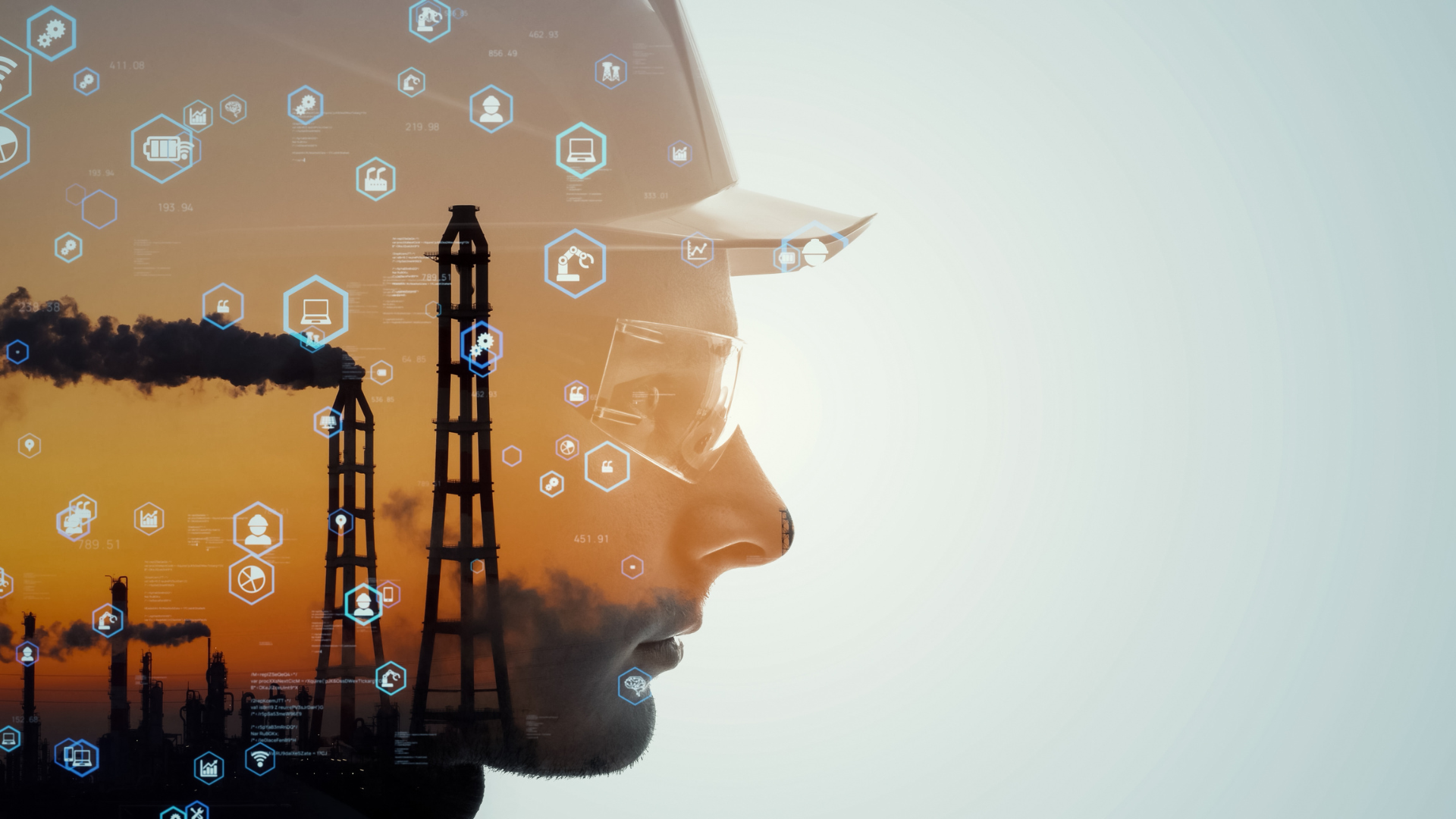What are Examples of Real Time Processing?
What are examples of real time processing?
Real-time processing is a type of data processing that responds instantly to commands or data input . In some cases, real-time processing can also refer to the appearance of instantaneous response when there is actually a small delay. This process is usually divided into two categories. The first is a type of processing that refers to a system, like HMI SCADA, where it has to adjust to certain time periods.
This type of process can be found in systems where there is usually little room for failure. Some examples can be air control systems or medical devices that have to monitor the health of patients in critical situations.
On the other hand, the other type of processing, the time periods may vary due to the delays that the system can generate if it fails or has a problem. In some cases, the system may suffer from poor quality or reduced effectiveness in its functions.
These processes are often found in audio or visual systems. An example might be a recorded video where some frames are missing due to being lost in the process, although the video will not fail due to latency or lack of these frames. Instead, the video quality will be reduced.
Real-time processing is used in a number of different industries around the world. Some very common examples of this type of process can be found in credit card company transactions. Many of these companies use a processing method that allows a number of transactions to be recorded at one time.
Many cars use this type of real-time computing as well. The engine of a modern car must respond to the commands that are sent to it, as failure to do so can cause the entire car to malfunction.
There are a number of designs that are used to produce real-time processing systems. One of the most common methods is called MASCOT, which is a program that was introduced by the British Ministry of Defense in the 1970s. This system differed from other types of software in that its main goal was not the functionality or design of the system. Instead, developers focused more on real-time processes and the efficiency of running the systems for which they were used.
You might also like



